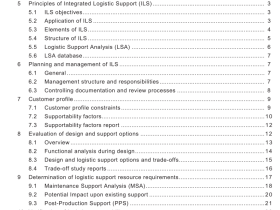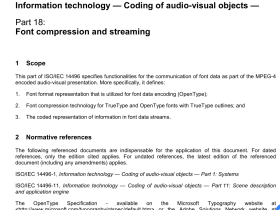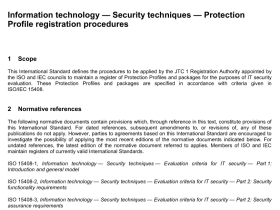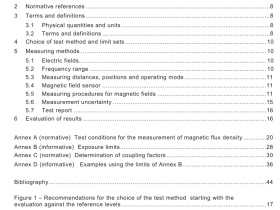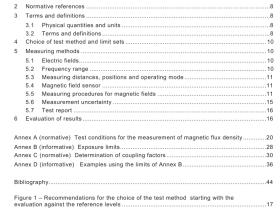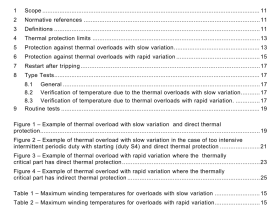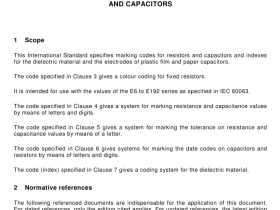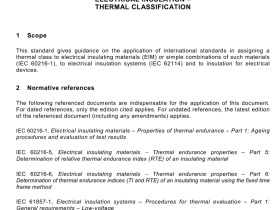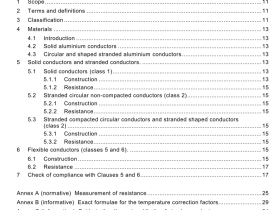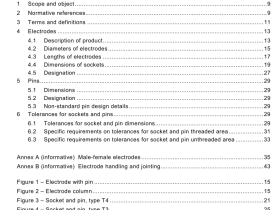AS IEC 61025 pdf download
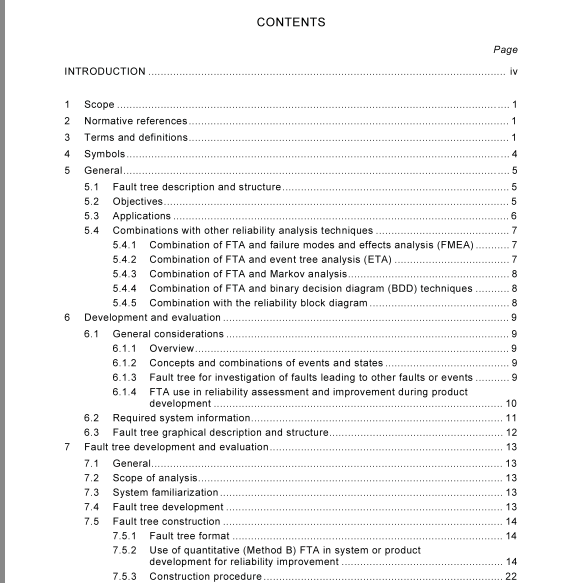
AS IEC 61025 pdf download Fault tree analysis
1 Scope
This International Standard describes fault tree analysis and provides guidance on itsapplication as follows:
definition of basic principles;
describing and explaining the associated mathematical modelling;
explaining the relationships of FTA to other reliability modelling techniques;description of the steps involved in performing the FTA;
identification of appropriate assumptions, events and failure modes;identification and description of commonly used symbols.
2Normative references
The following referenced documents are indispensable for the application of this document.For the references, only the edition cited applies. For undated references, the latest edition ofthe referenced document (including any amendments) applies.
References to international standards that are struck through in this clause are replaced byreferences to Australian or Australian/New Zealand Standards that are listed immediatelythereafter and identified by shading. Any Australian or Australian/New Zealand Standard thatis identical to the International Standard it replaces is identified as such.
IEC 60050(191), International Electrotechnical Vocabulary (IEV) – Chapter 191: Dependabilityand quality of service
IEC61165,Application of Markov toechniquesAS IEC 61165,Application of Markov techniques
3Terms and definitions
For the purposes of this document, the terms and definitions given in lEC 60050(191) apply.
In fault tree methodology and applications, many terms are used to better explain the intent ofanalysis or the thought process behind such analysis. There are terms used also assynonyms to those that are considered analytically correct by various authors.The followingadditional terms are used in this standard.
3.1
outcome
result of an action or other input; a consequence of a cause
NOTE 1 An outcome can be an event or a state. Within a fault tree, an outcome from a combination ofcorresponding input events represented by a gate may be either an intermediate event or a top event.
NOTE 2 Within a fault tree,an outcome may also be an input to an intermediate event, or it can be the top event.
3.2
top event
outcome of combinations of all input events
NOTE1 lt is the event of interest under which a fault tree is developed. The top event is often referred to as thefinal event,or as the top outcome.
NOTE 2 lt is pre-defined and is a starting point of a fault tree. It has the top position in the hierarchy of events.
3.3
final event
final result of combinations of all of the input, intermediate and basic eventsNOTE lt is a result of input events or states (see 3.2).
3.4
top outcome
outcome that is investigated by building the fault tree
NOTE Final result of combinations of all of the input,intermediate and basic events; it is a result of input eventsor states (see 3.2).
3.5
gate
symbol which is used to establish symbolic link between the output event and thecorresponding inputs
NOTE A given gate symbol reflects the type of relationship required between the input events for the output eventto occur.
3.6
cut set
group of events that, if all occur,would cause occurrence of the top event
3.7
minimal cut set
minimum, or the smallest set of events needed to occur to cause the top event
NOTE The non-occurrence of any one of the events in the set would prevent the occurrence of the top event.
3.8
event
occurrence of a condition or an action
